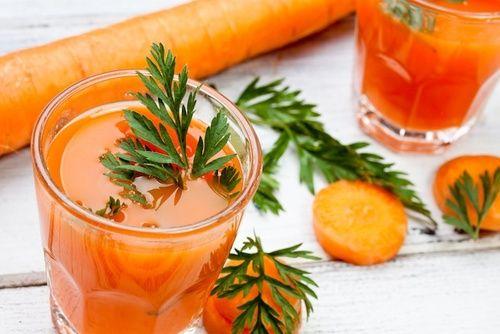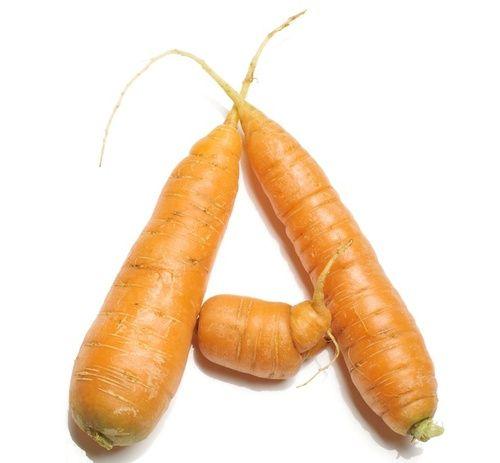I carotenoids, colored pigments from red to violet, have antioxidant properties, are useful for the prevention of cancer and are good for eye and vision health. Let's find out better.
> What they are for
> Where are the carotenoids found
Carrots, rich in carotenoids

What are carotenoids
I carotenoids are red to violet colored pigments found in plants, algae and some bacteria. It is divided into carotenes and xanthophylls. All organisms that depend on solar energy and which therefore perform photosynthesis, contain these pigments.
What are they for
The difference between carotenes and xanthophylls lies in the presence, of the latter, of oxygen in the molecule. For theirs antioxidant effects these compounds play a crucial role in protecting organisms against damage caused by photosynthesis, which converts sunlight into chemical energy.
Among the xanthophylls we have lutein and astaxanthin.
About 600 carotenes have been identified, of which 30/35 act as Vitamin A, the best known are beta-carotenes and alpha-carotenes.
Experimental studies suggest that a diet with high carotene intake offers protection against the development of some cancers, prevent macular degeneration, hinder cataracts and other diseases related to oxidative damage or caused by free radicals.
Caroteneoids are a source of Vitamin A: find out where to find it

Where are the carotenoids found
Carotenoids are found in all vegetables and some algae. The more intense the color, the higher the level of carotenes. In green leafy vegetables, beta-carotene is the most prevalent.
Orange fruits and vegetables such as carrots, apricots, mangoes, American potatoes and squash are excellent sources of alpha, beta and gamma - carotenes.
Yellow vegetables have a higher concentration of yellow xanthophyll carotenes with less activity of provitamin A but with significant health benefits due to their antioxidant effect, among which the lutein.
Red and purple colored vegetables and fruits such as tomatoes, red cabbage, berries and plums contain large amounts of active non-provitamin A carotenes, such as lycopene.
Grains, seeds, and legumes are also good food sources of carotenoids.
Among the foods of animal origin we find them in salmon, egg yolk, milk and poultry.
Additional sources of carotenes come from algae, carrot oil and various green drinks such as barley sprouts.
For health, a daily dose of 15 mg of beta-carotene seems sufficient.
READ MORE
The properties of fruits and vegetables based on color
Other articles on carotenoids:
> Carotenoids and anthocyanins that give color to food
> Carrot oil is rich in carotenoids: find out how to use it
> Carotenoids make up the phytocomplex of goji berries: discover the properties


























